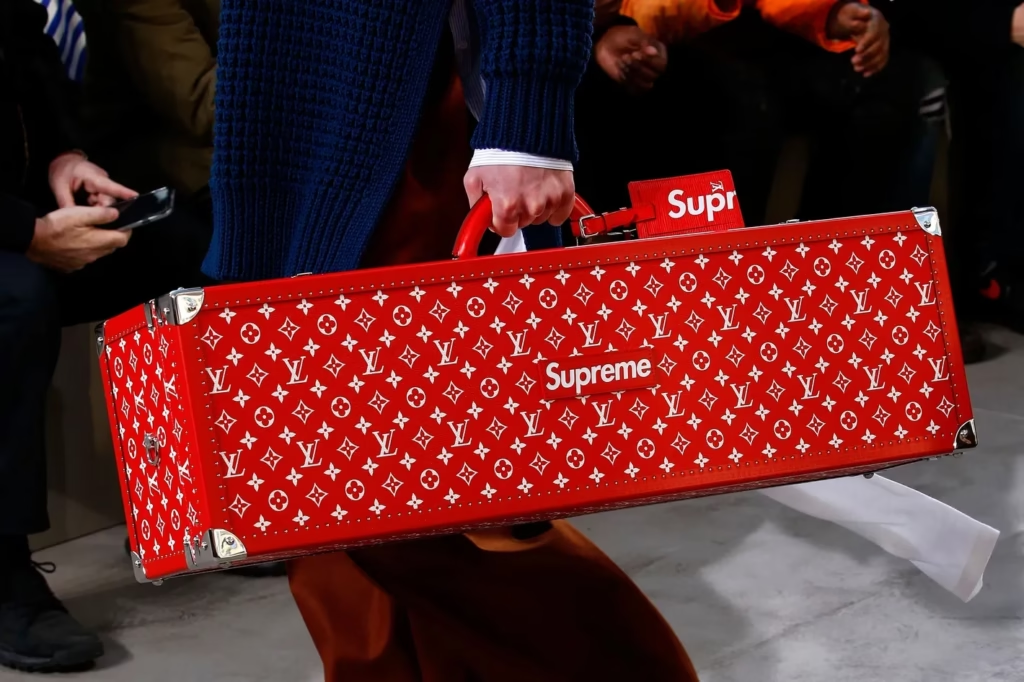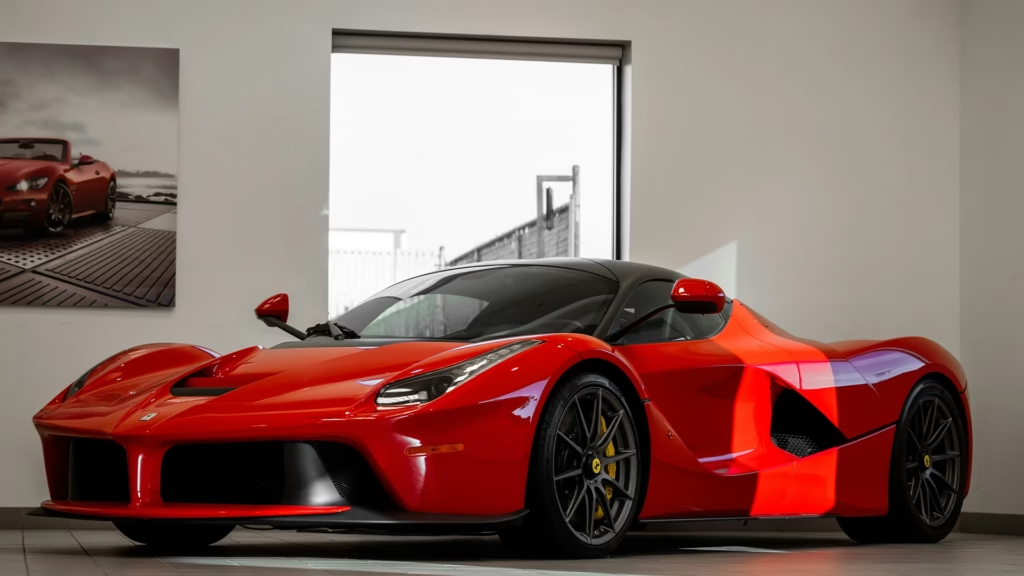Luxury fashion brands, such as Gucci and Louis Vuitton (LV), are more than just names. They are cultural icons. They represent exclusivity, craftsmanship, and aspirational lifestyles. Their ability to thrive in a competitive market stems from strategic business models. They use innovative marketing and a deep understanding of consumer psychology. This blog will break down the key elements. These elements contribute to their success. It will teach you how these brands operate. It will also explain why they remain at the pinnacle of the fashion industry.
Key Takeaways
- Luxury brands like Gucci and LV thrive by leveraging exclusivity, rich heritage, and strong emotional appeal with consumers.
- They employ strategic business models such as the “pyramid model” and direct-to-consumer (DTC) approaches to maintain prestige and control.
- Effective marketing relies on compelling storytelling, scarcity tactics, and collaborations with celebrities and influencers.
- Meticulous supply chain management, superior craftsmanship, and a growing focus on sustainability are vital to their success.
The Core of Luxury: What Defines a Luxury Brand?
Luxury brands differ from mass-market brands. They focus on exclusivity, heritage, and emotional appeal. Exclusivity is fundamental. Luxury brands often produce limited quantities. This creates a sense of rarity. It drives demand. High price points reinforce this perception. Only a select few can afford them.
Heritage plays a critical role as well. Brands like Gucci and LV have rich histories. They leverage these histories to tell compelling stories. These stories highlight their craftsmanship and artistry. This narrative fosters a deep emotional connection with consumers. Consumers are drawn to owning a piece of history. Luxury goods are not just items. They represent status, identity, and aspiration.
Business Models That Drive Success
Luxury brands employ unique business models. These models allow them to maintain exclusivity and profitability.
The Pyramid Model: Many luxury brands use a tiered product strategy. This is known as the “pyramid model.” It involves a narrow top layer of exclusive, high-priced items. These items like haute couture or bespoke pieces enhance brand prestige. They also attract elite clientele. Below this, brands offer more accessible products. These include ready-to-wear, accessories, and perfumes. These items generate significant sales volume. They appeal to a broader consumer base. Louis Vuitton effectively employs this model. It offers high-end products alongside more accessible lines, like handbags and perfumes. This attracts diverse consumer segments. It does so without compromising its luxurious image.
Direct-to-Consumer (DTC) Model: Luxury brands increasingly favor a DTC approach. They control every aspect of the customer journey. This ranges from manufacturing to retail. They operate their own boutiques and e-commerce platforms. This model allows them to maintain brand integrity. It also ensures consistent messaging. It maximizes profit margins. This direct control helps preserve the brand’s exclusive image.
Marketing and Branding Strategies
Effective marketing and branding are vital for luxury brands. They cultivate desirability and loyalty.
Storytelling and Brand Narrative: Luxury brands excel at storytelling. They weave narratives around their heritage, craftsmanship, and values. These stories create an emotional connection with consumers. They go beyond product features. For instance, Chanel’s brand narrative centers on Coco Chanel’s revolutionary vision. This evokes timeless elegance and empowerment. This approach resonates deeply with their audience.
Exclusivity and Scarcity Marketing: Limiting product availability drives desire. Brands release limited editions or capsule collections. This creates a sense of urgency. It also enhances perceived value. This strategy makes luxury items more desirable. Consumers often perceive limited items as more valuable.
Celebrity Endorsements and Influencer Collaborations: Luxury brands partner with celebrities and high-profile influencers. This enhances their visibility and appeal. These partnerships bring products into the public eye. They align brands with aspirational figures. This expands their reach.
Digital Marketing and Online Presence: While maintaining exclusivity, luxury brands embrace digital marketing. They use sophisticated online campaigns. They create engaging content. This reaches a global audience. Social media platforms serve as powerful tools. They showcase new collections. They also engage with consumers. This strategy helps them stay relevant in the digital age.
Supply Chain and Manufacturing Excellence
Luxury fashion relies on meticulous supply chain management and superior manufacturing.
Craftsmanship and Quality Control: High-quality materials and artisanal craftsmanship are hallmarks of luxury. Brands invest in skilled artisans. They maintain rigorous quality control standards. This ensures each product meets their exacting specifications.
Ethical Sourcing and Sustainability: Growing consumer demand for ethical practices impacts luxury brands. Many focus on sustainable sourcing. They implement environmentally friendly manufacturing processes. This commitment aligns with consumer values. It also enhances brand reputation.
Case Studies: Gucci and Louis Vuitton
Examining Gucci and Louis Vuitton offers insights into these strategies.
Gucci: Gucci underwent significant reinvention. Creative directors like Alessandro Michele blended heritage with modernity. They used innovative design choices and bold marketing. Campaigns like “Gucci Ancora” exemplify this. This approach keeps Gucci culturally relevant. It appeals to traditional luxury consumers and younger audiences.
Louis Vuitton: Louis Vuitton’s enduring appeal comes from its iconic monogram. This symbolizes luxury and a rich history. This history ties to travel and exploration. The brand effectively uses its pyramid model. It offers high-end products alongside more accessible lines. This attracts diverse consumer segments. It does so without compromising its luxurious image.
Conclusion
Luxury fashion thrives on a delicate balance between tradition and innovation. Brands like Gucci and Louis Vuitton offer more than products. They provide dreams, lifestyles, and identities. These resonate deeply with consumers worldwide. They master elements such as exclusivity, storytelling, strategic pricing, distribution excellence, and innovation. These brands continue to set benchmarks. They lead the global fashion industry. As digital transformation and sustainability reshape consumer expectations, these giants will adapt. They will maintain their timeless aura of luxury.


